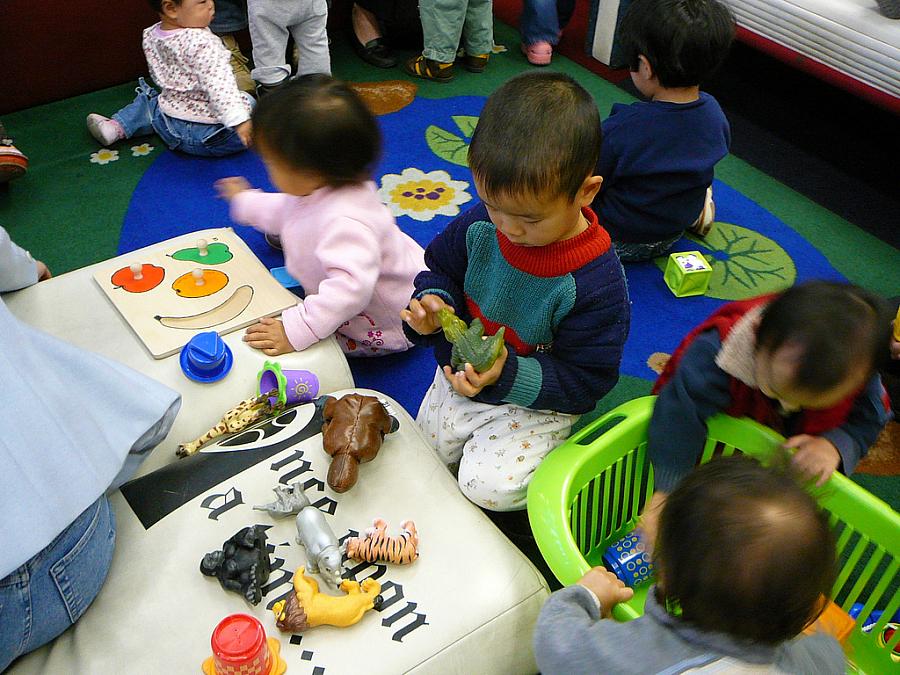California's Shrinking Child Population Signals Major Changes for State

In 1970, children made up 33 percent of California’s population, but by 2030 they’re expected to comprise just 20 percent, according to a new demographic analysis commissioned by the Lucile Packard Foundation for Children’s Health and conducted by University of Southern California researchers.
The growing imbalance between children and retirees means that the economic and social role of a child born in 2015 will be nearly twice as important as that of a child born in 1985, the report suggests.
“These trends are not yet widely recognized, but they should be a wake-up call for policymakers,” said report author Dowell Myers, professor of policy and demography and director of the Population Dynamics Research Group at USC. “We will be increasingly dependent economically and socially on a smaller number of children. They are more important to the state’s future success than ever before. Policymakers are making decisions about public resources and budget allocations based on what they think the child population used to be, and not what it really is.”
Why exactly is California’s child population shrinking? Far-reaching demographic changes, including declining birth rates, fewer newcomers to the state and a smaller population of women of childbearing age all play a role, Myers said.
The state’s birth rate has declined in every major racial and ethnic group since 2000 and has fallen below what demographers call the necessary “replacement level” of 2.1 births per woman. The loss of California’s children coincides with the expected retirements of the state’s over-65 population whom these children will replace as workers, taxpayers, voters and consumers.
While our study focused on what’s happening in California, journalists, policymakers and advocates can see what’s happening in their own states with this 50-state ranking of child population trends.
I hope that this report will encourage policymakers to recognize the population trends identified in this report and address the issues they raise. As children become an increasingly rare and precious resource in California, the case becomes even more compelling to provide them with best health care and education possible.
You can read the report and get more information here.
David Alexander, M.D., is a pediatrician and president and CEO of the Lucile Packard Foundation for Children's Health.
Photo credit: San Jose Library via Flickr
